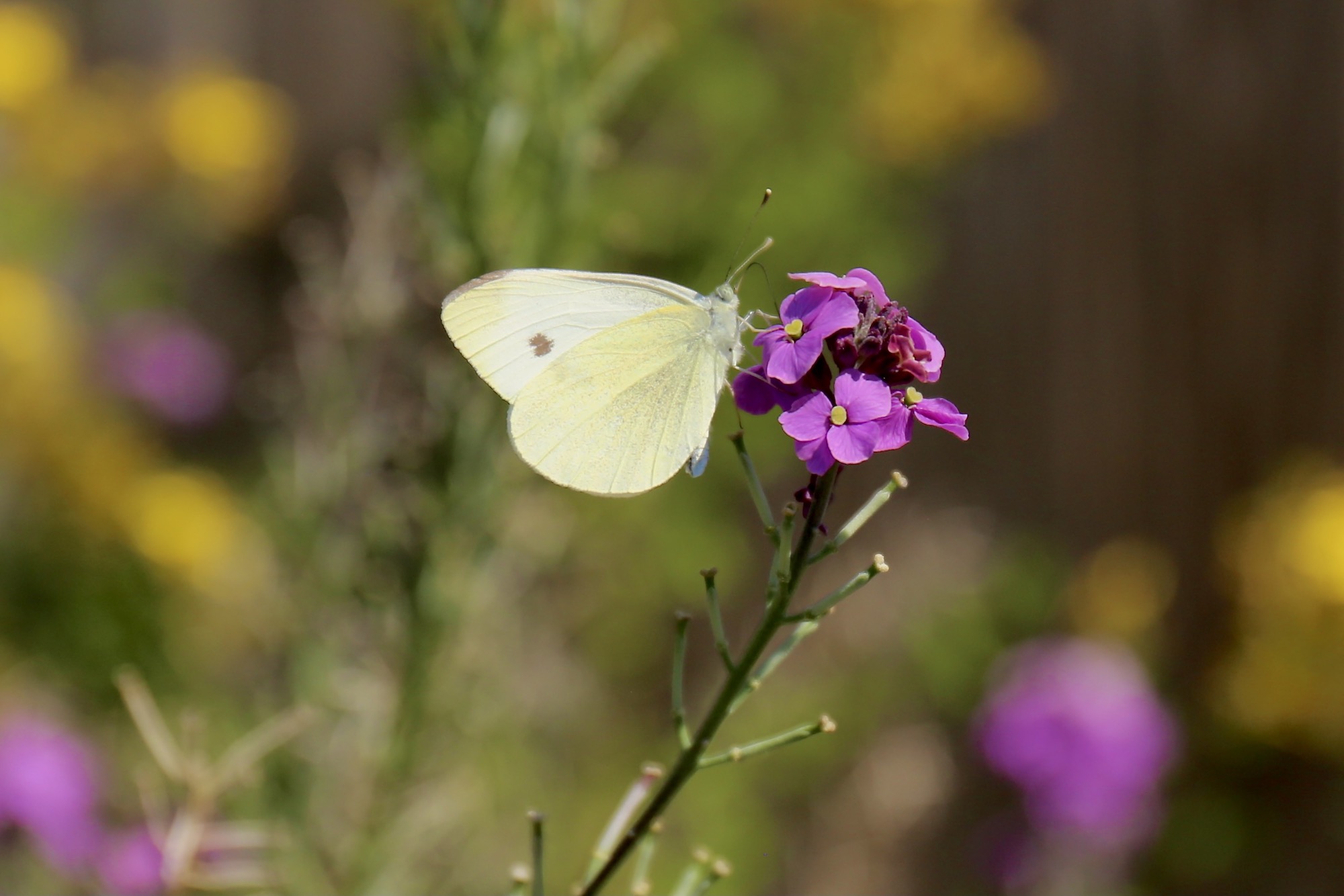The mystery of the missing butterflies in Vancouver
June 25, 2024

June 25, 2024

A wet, cool spring and spraying for invasive insects may be the reasons behind a drop in butterfly sightings this year.
iNaturalist, an online service where anyone can upload their pictures or observations of plants and animals, records about 400 observations of 22 species of butterflies in Metro Vancouver from April to June, down from about 1,000 in the same period in 2023.
Dr. Michelle Tseng, assistant professor in the UBC departments of botany and zoology, discusses what may have happened to all the butterflies, and what we can do to help.
One factor could be that the spring has been cooler and wetter than usual. Butterfly species that ‘overwinter’, or spend the colder months in their pupal stage as a chrysalis, require a certain amount of heat to continue developing into adults. This is usually prompted as the seasons turn, but if the spring has been cooler, it takes the insects longer to develop and consequently, the adults emerge later in the spring. However, it’s actually been warm enough now that we should have seen cabbage whites flying around already. And, it’s unusual how widespread the dearth of butterflies has been, from North Vancouver to Burnaby to central Vancouver.
And, butterflies don’t like flying in the rain, so when the weather is wetter, you don’t tend to see them.
Another factor could be the spraying of insecticides to combat invasive pest insects. These could also have the potential to harm butterflies. It can be a difficult balance of keeping invasive or pest insects and plants out of an area, since these can have devastating effects on native wildlife, but also protecting our native insects and plants.
Many insects living in cities play a huge role behind the scenes in creating a healthy environment, from keeping our soils healthy, to serving as food sources for other animals, to pollination – insect pollinators are required for 75 per cent of the world’s crops, and butterflies are no exception. As well, because butterflies are sensitive to environmental conditions, they can act as an indicator species, a first sign that something is off in the environment.
It’s possible something happened last fall. Something that has been worrying ecologists for a while is that summers are staying warmer later due to climate change. Is it the case that instead of starting their winter hibernation, or diapause, the caterpillars were tricked by these long, warm summers into not preparing for winter correctly by turning into a chrysalis?
Generally, we can think about encouraging more butterflies, including native butterflies, to live in our cities, thus boosting biodiversity. One of my recent papers found that native street trees in Vancouver were associated with five times as many native butterfly species as non-native trees. So we could start to use our city trees for multiple purposes: not just shade and heat control, but to also increase insect diversity in our urban areas.
And we can all reduce our use of insecticides, as well as increase habitat and food sources for butterflies by planting more native plants for the caterpillars to eat and more flowering plants which produce nectar for the adults.
We honour xwməθkwəy̓ əm (Musqueam) on whose ancestral, unceded territory UBC Vancouver is situated. UBC Science is committed to building meaningful relationships with Indigenous peoples so we can advance Reconciliation and ensure traditional ways of knowing enrich our teaching and research.
Learn more: Musqueam First Nation